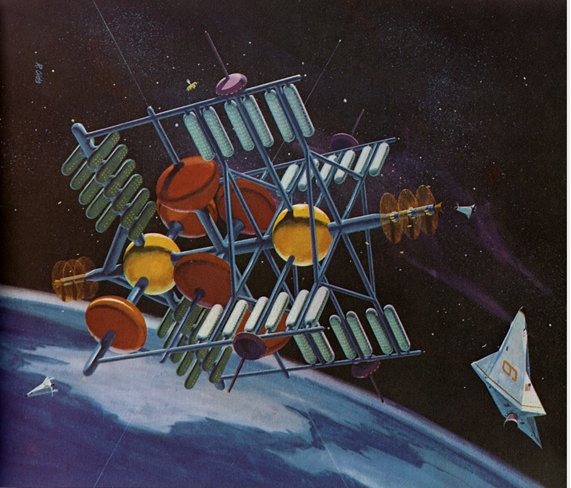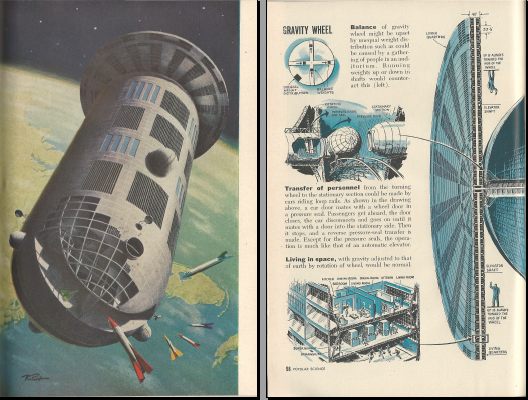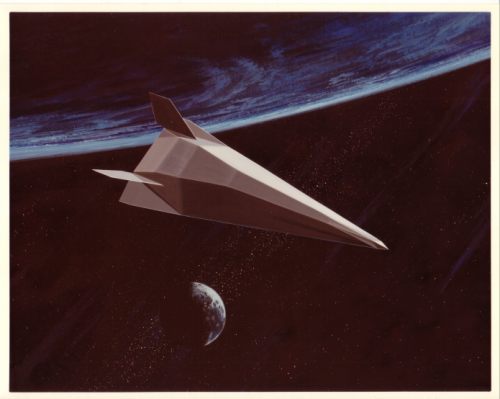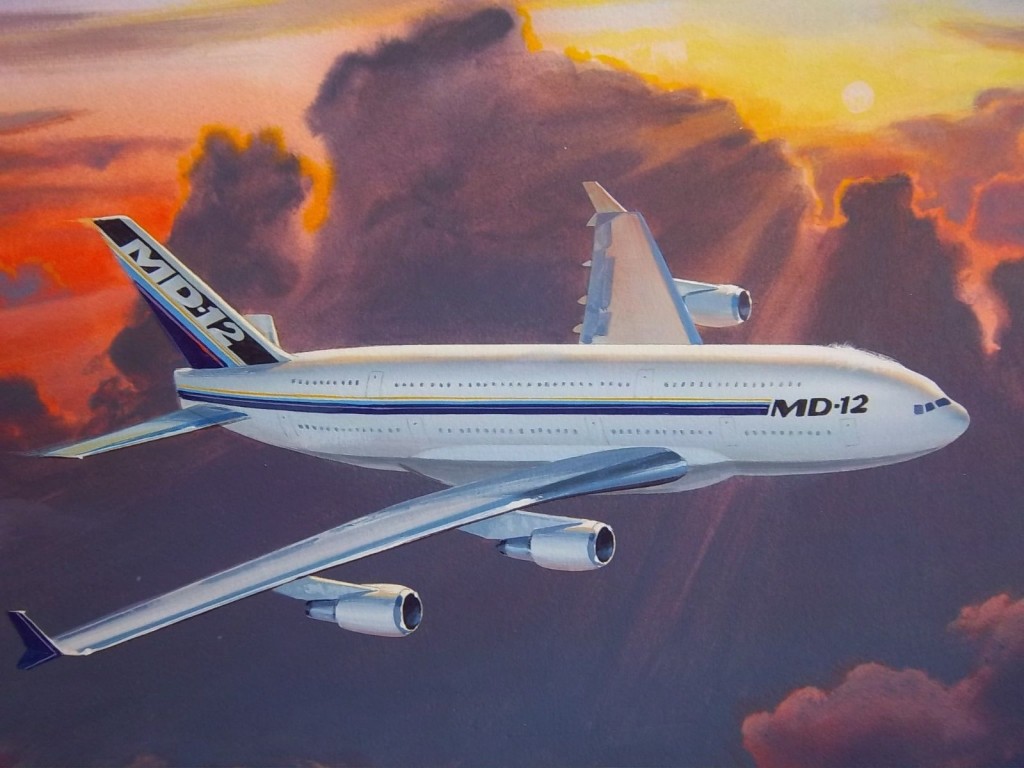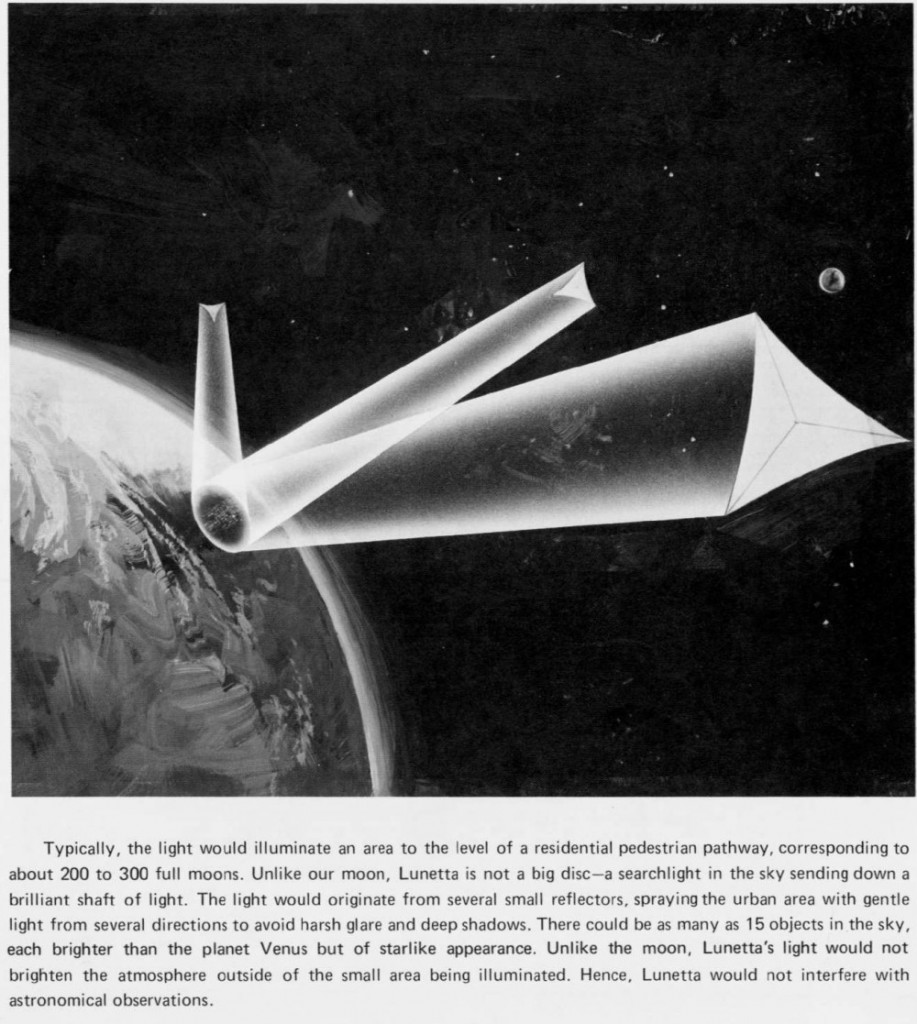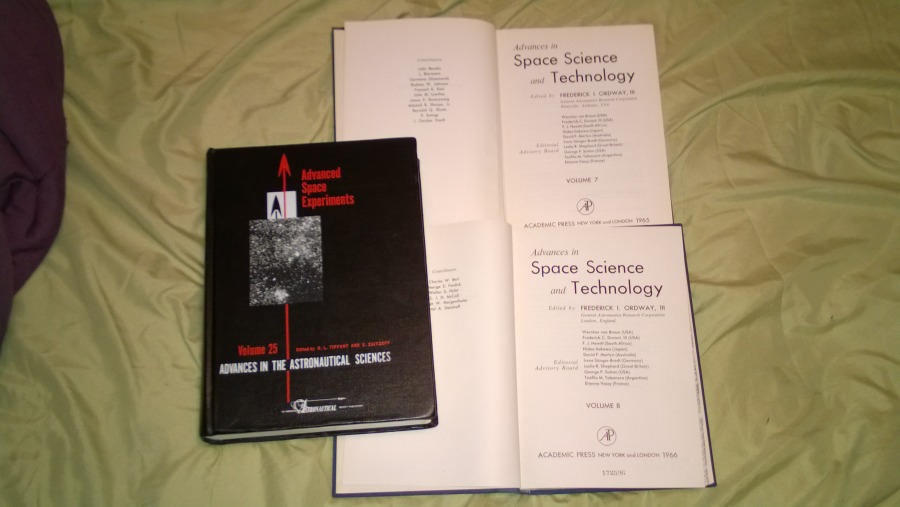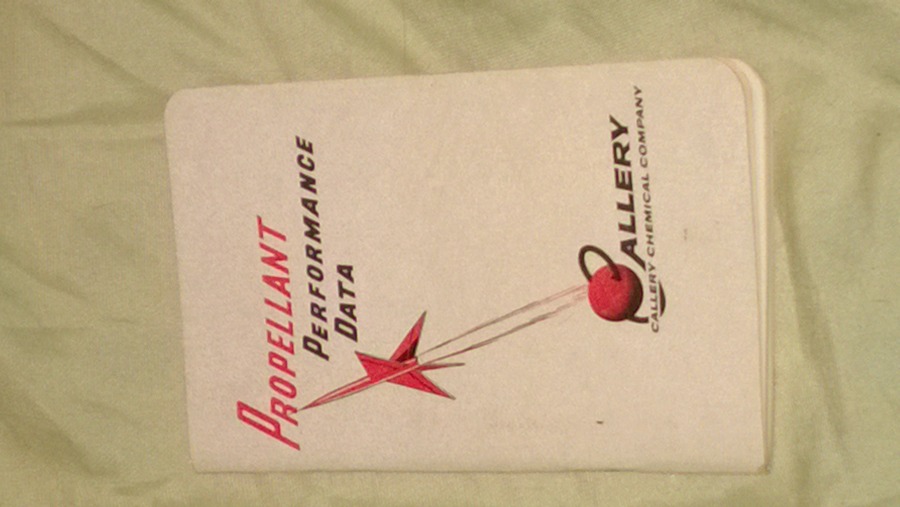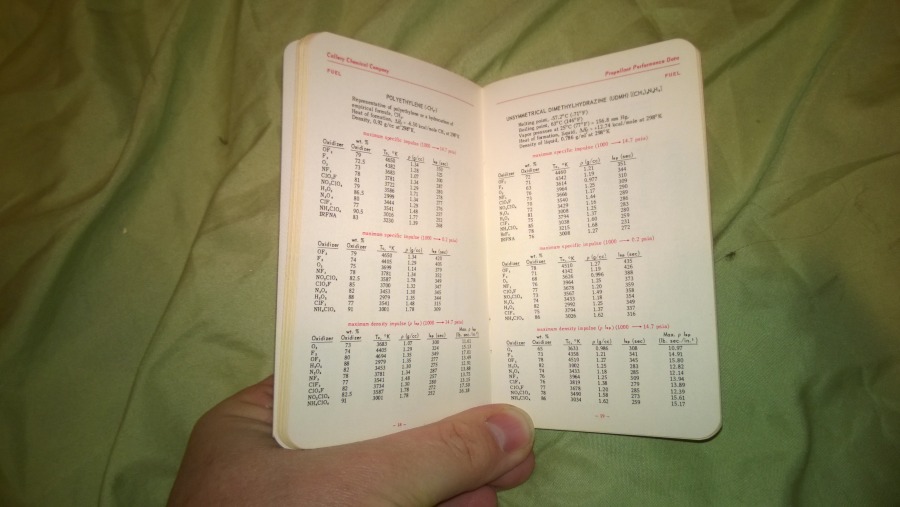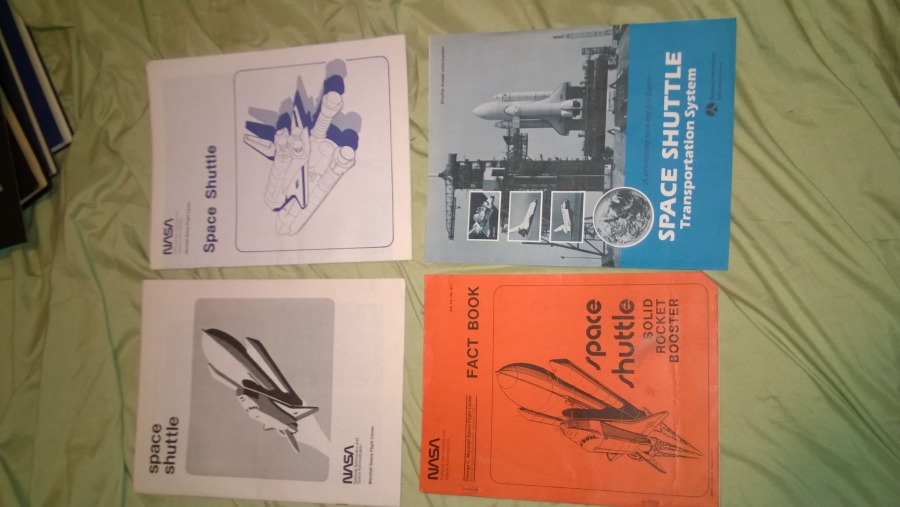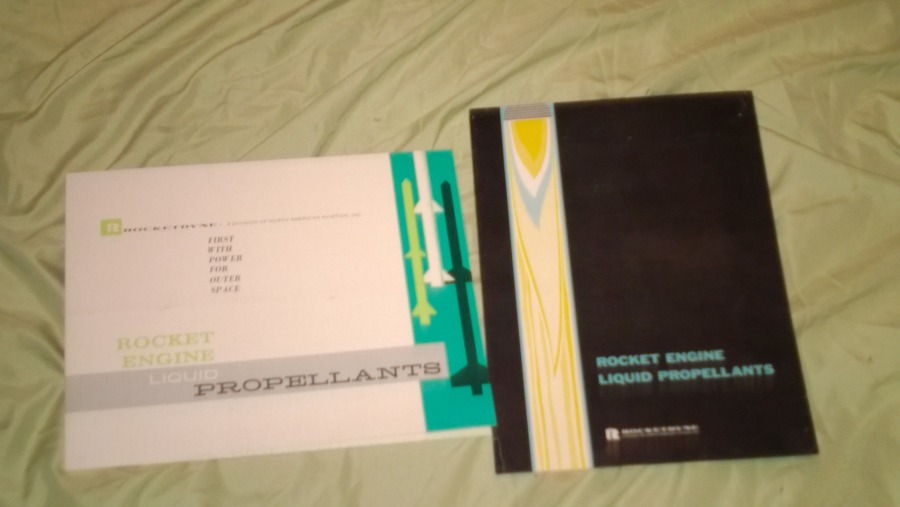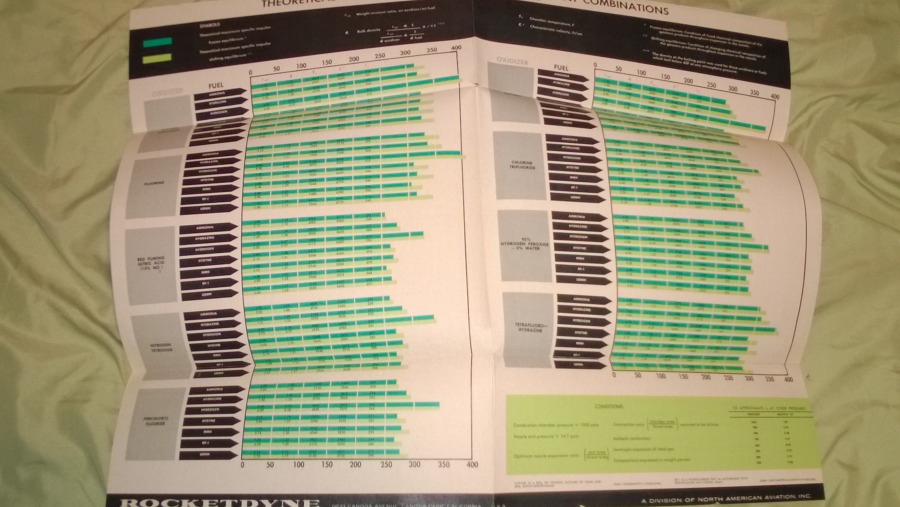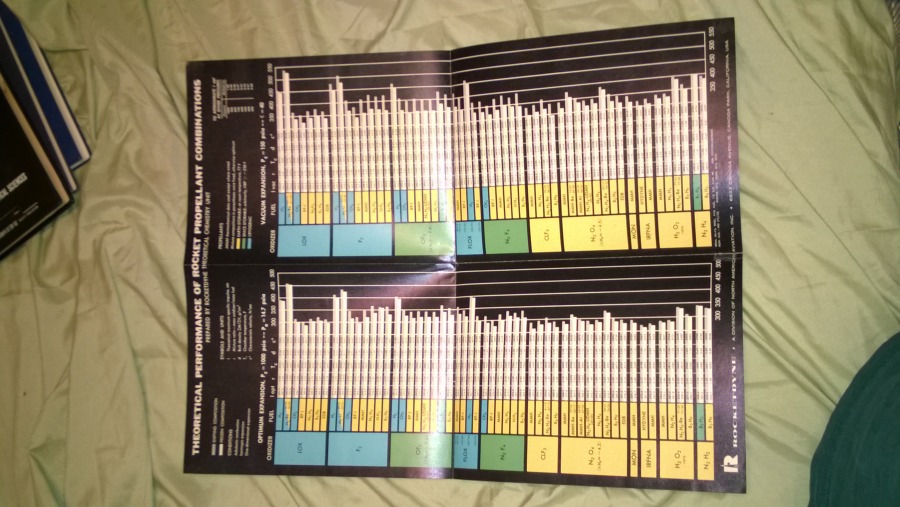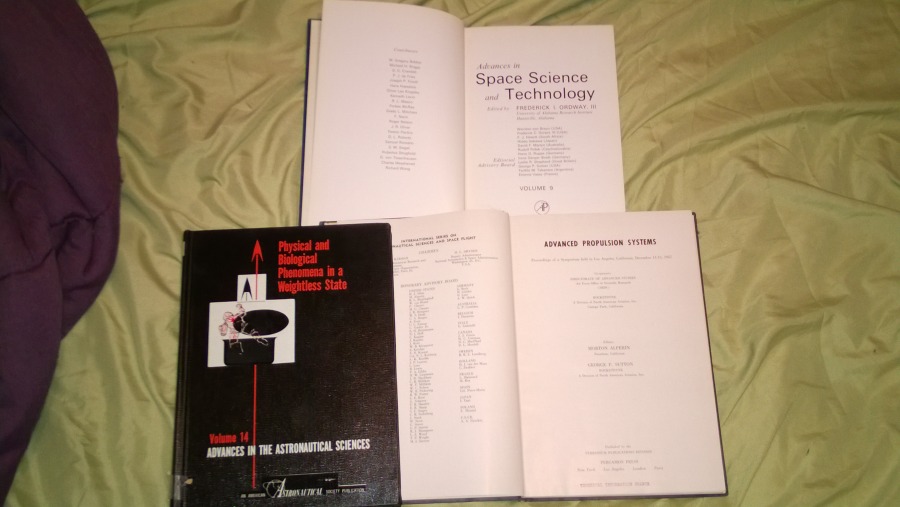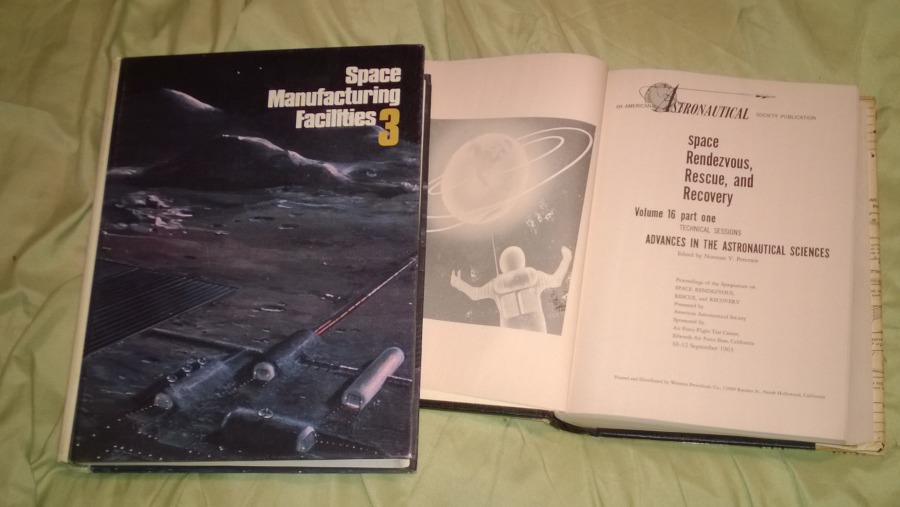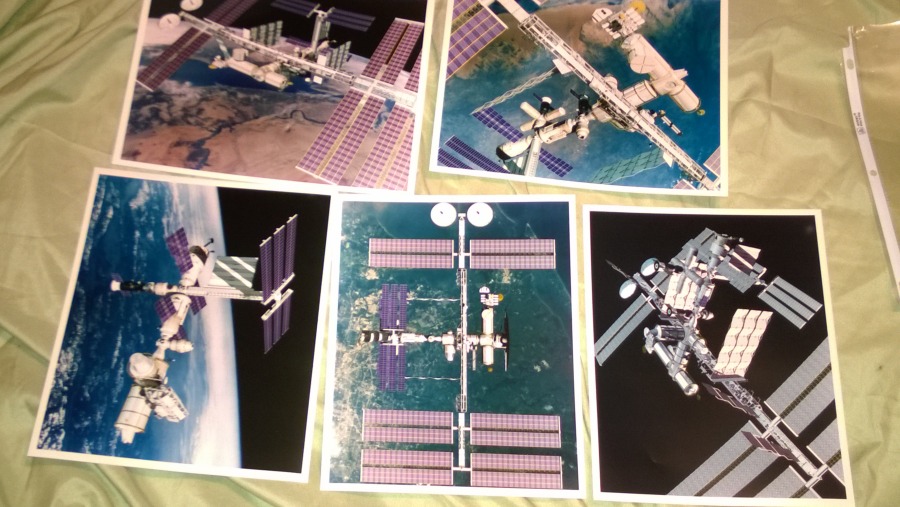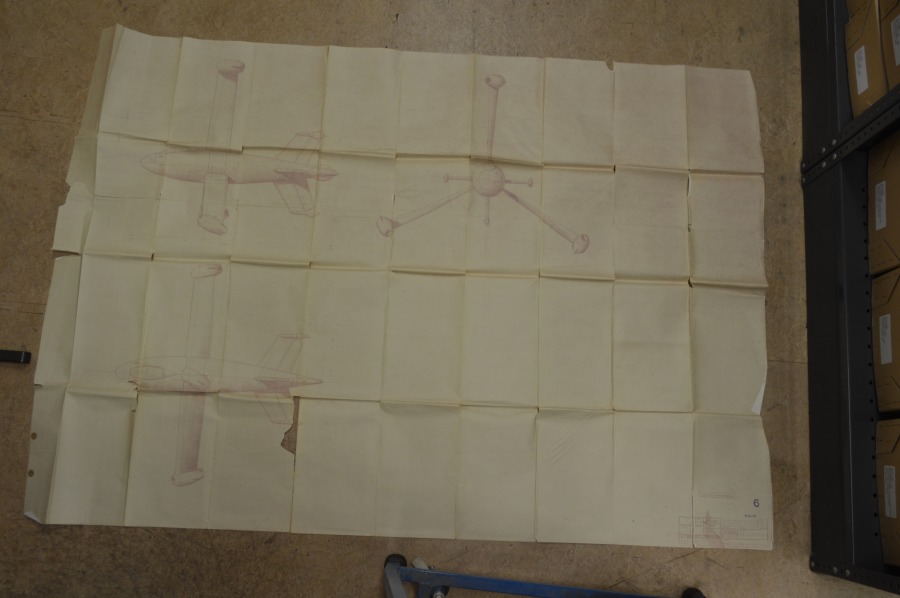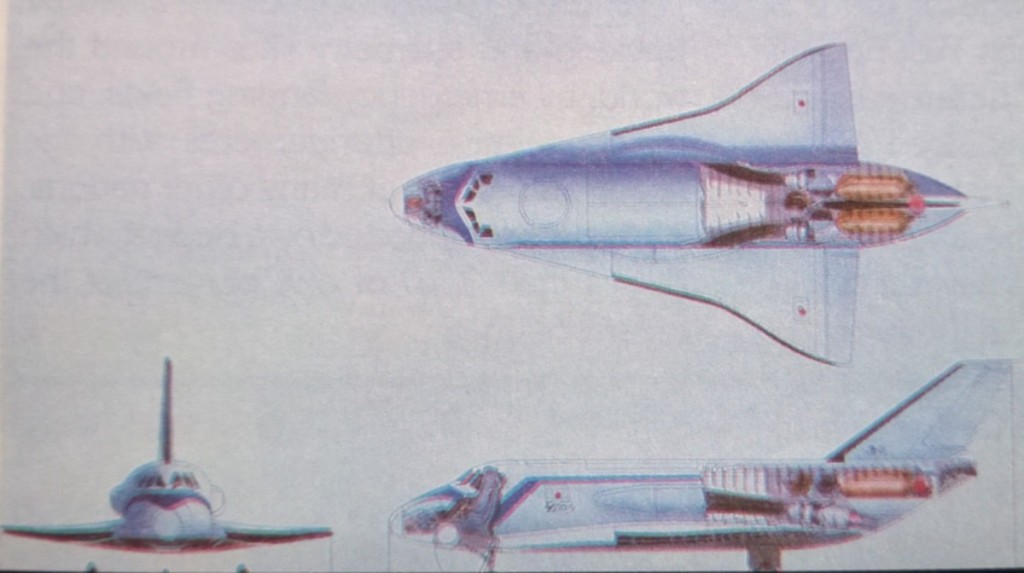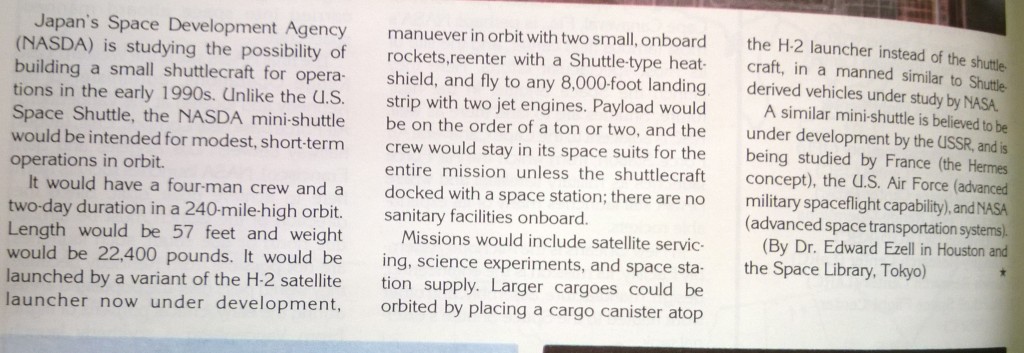In May of 1967, Barron Hilton – of Hilton Hotels – gave a presentation at the 13th Annual Meeting of the American Astronautical Society where he discusses the possibilities of orbiting and lunar hotels. Even as far back as ’67, Hilton considered such concepts to be perfectly feasible, and essentially inevitable. A shout-out is given to the Hilton depicted on Space Station V in “2001: A Space Odyssey” which would come out about a year later.
This being the 1960’s, of course there would be a “Galaxy Lounge” where guest could enjoy a martini.
Following Hilton was a presentation by Krafft Ehrike (then of North American Aviation) on the subject of “space tourism.” Once again, the concept was treated as wholly valid. He presented a design for a large orbiting tourist destination. While it featured zero-gravity facilities, it wisely was a rotating artificial gravity station, providing for the comfort and convenience of the guests. There would be several “world rooms” with different environments… artificial gravity levels matching the moon and Mars, say.
One assumption was that space launch costs would drop to $10/pound ($71/pound in 2015 dollars). At the time, with the rapid advances in space launch – remember, the first satellite had, at that time, only been launched less than a decade earlier, and now giant Saturn V rockets were preparing to send men to the moon – a price drop to those levels seemed a reasonable assumption. This would be done by having many, many launches of fully reusable vehicles, capable of reliably transporting the guests. The hotel would hold 1100 guests at a time, for 400,000 guest-days per year, and would have an in-orbit weight of 1,000,000 pounds. Profit would be a glittering $5 per guest per day… a total of about $39K/day in 2015 dollars.
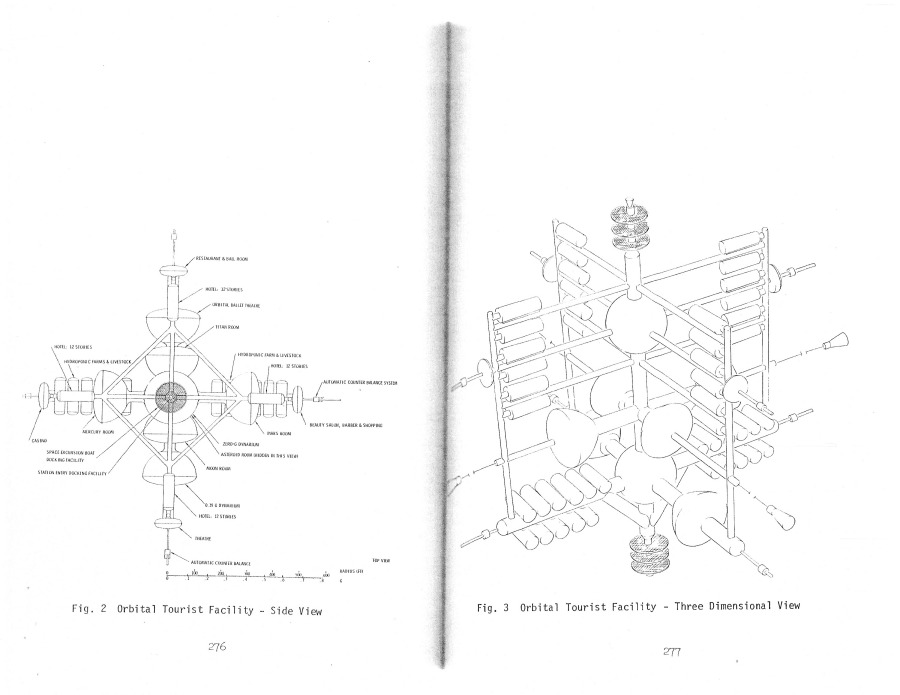
I have scanned the Hilton and Ehricke papers and made them available for $4 and up APR Patreon patrons. If interested, please check out the APR Patreon.
A piece of artwork depicting Ehrickes space hotel. At some point Ehricke took to calling this “Astropolis.”
